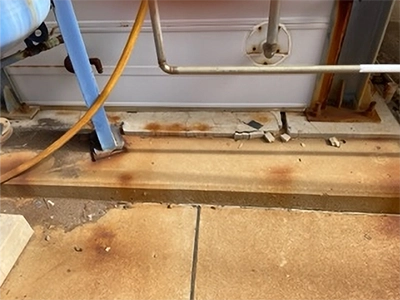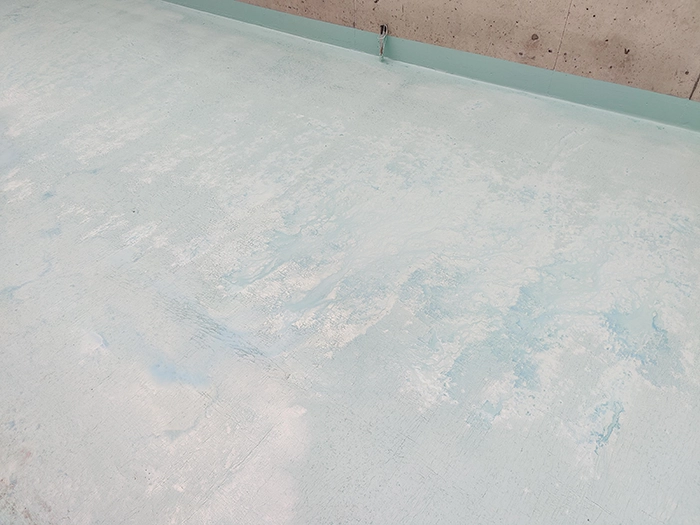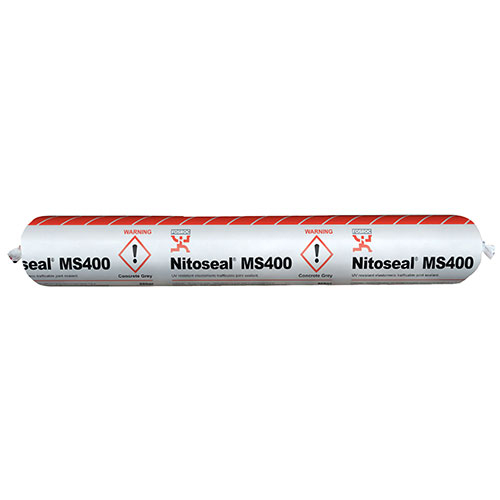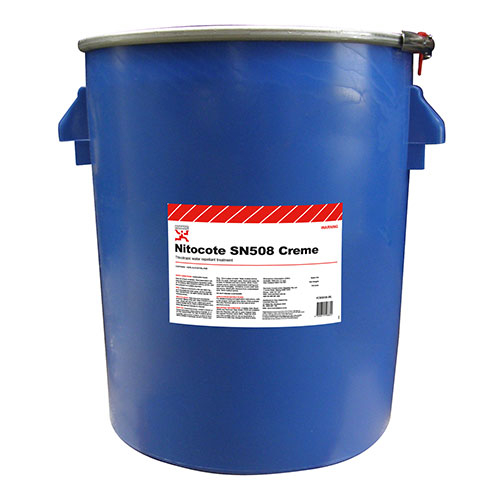How to prevent concrete defects
At Fosroc ANZ, we understand that applicators, asset owners and specifiers want concrete repair jobs done right the first time.
Whether it's new or old concrete repair, concrete defects are not only costly, but time intensive and potentially dangerous. Fortunately, most concrete defects can be avoided.
The Fosroc technical team regularly encounters avoidable concrete defects including:
- Blistering
- Hairline and surface cracks
- Joint cracks
- Peeling or delamination
- Surface imperfections such as fisheyes and pinholes, and
- Water leaks
To help you avoid concrete defects on your construction projects, we've rounded up the Fosroc ANZ Technical Team's top 3 prevention strategies:
1. Select the right product for the job
It doesn't matter how good a product is, if it's used for the wrong purpose, you're not going to achieve a durable long-lasting result.
Take this example below, where the incorrect concrete grout has been used, resulting in cracking and crumbling. To choose the right concrete repair product for your project, use our online Product Selector, or contact one of our product specialists to review your project and provide expert advice on the right product solution.
Need help selecting the right concrete grout? Visit our grouts web page to view all our grouting products and contact a grouting expert.

2. Ensure proper preparation: surface and product!
Correct preparation is key to product performance. Both the surface and the product itself need to be correctly prepared.
The example on the left shows what happens when Nitoproof 810 is applied to a surface with inadequate surface preparation, or in this case, no surface preparation at all.
But surface preparation is not the end of the story. Product preparation is also critical. The example on the right illustrates what can happen when a product is not mixed correctly, causing soft spots of unmixed base component.
In this instance, the cause of the issue was twofold: product quantities were inaccurate (measured by hand) and inadequately mixed (mixed by hand for only a short amount of time).
To ensure the proper preparation for your project, always refer to the product's preparation and application instructions. For all Fosroc products, the following documentation is available online and provides detailed, accurate and clear information about surface and product preparation:

3. Apply concrete repair products correctly
Application errors or shortcuts account for a significant proportion of concrete defects, including peeling, blistering, or cracking.
The example on the left show what happens when Nitoproof 810 is applied in inclement weather. Heavy rain during the curing process resulted in the 810 completely emulsifying, creating an enormous and costly mess.
In the example on the right, failure to take a moisture reading of the screed before applying Nitoproof 810 resulted in blistering. The installer had to grind back the blistered areas and reapply.
Helping you get the job done right
Use our technical resources to get your concrete application, repair or remediation job done right the first time:
- Access Technical Data Sheets and Product Specifications for all Fosroc products.
- Use the form at the bottom of this page to contact a product specialist for expert advice on product selection and application.
More information
Need help with concrete repairs?
- Read our Concrete Repair Solutions brochure
- Check out this Guide to Concrete Defects
- Download our Guide to Concrete Defects - Potable Water Applications.

